

Antimony Trioxide (Sb₂O₃) or ATO is a versatile inorganic compound universally used across multiple industrial sectors, primarily as a flame retardant. (Sb₂O₃), commonly referred to as ATO and is predominantly utilized in the production of plastics, textiles, glass, and electronic components. Antimony Trioxide main role is a synergist in halogenated flame retardant systems for various applications, where it enhances the material’s flame resistance. For clarity in trade and sourcing, Antimony Trioxide is also called by other names, such as Diantimony Trioxide and Antimonious Oxide, terms often used by ATO manufacturers and Antimony Trioxide suppliers. At Scimplify, we offer Antimony Trioxide as an end-to-end product solution, leveraging the strength of our global network to provide competitive pricing and ensure supply chain reliability worldwide.
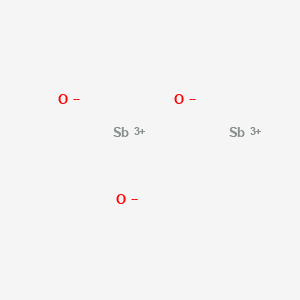

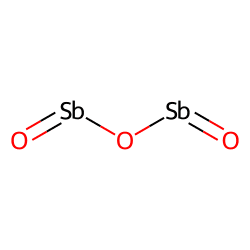
Antimony Trioxide (Sb₂O₃) or ATO is a versatile inorganic compound universally used across multiple industrial sectors, primarily as a flame retardant. (Sb₂O₃), commonly referred to as ATO and is predominantly utilized in the production of plastics, textiles, glass, and electronic components. Antimony Trioxide main role is a synergist in halogenated flame retardant systems for various applications, where it enhances the material’s flame resistance. For clarity in trade and sourcing, Antimony Trioxide is also called by other names, such as Diantimony Trioxide and Antimonious Oxide, terms often used by ATO manufacturers and Antimony Trioxide suppliers. At Scimplify, we offer Antimony Trioxide as an end-to-end product solution, leveraging the strength of our global network to provide competitive pricing and ensure supply chain reliability worldwide.

.3d8f8f41.svg)
Flame Retardants
.3556d45a.svg)

Synergists & Smoke Suppressants


Antimony-based synergists

Chemical Properties & Specifications
H302, H315, H319, H335
P264, P270, P301 + P312, P305 + P351 + P338
Category 2, 2A, 3, 4
13 - Non-combustible solids
Harmful by ingestion, may cause respiratory irritation, skin, and eye irritation
WGK 2 (Class 2: hazardous to water)
Incorporated into plastics, textiles, and coatings to enhance their fire-resistant properties. Acts as a synergist in Combination with halogenated flame retardants
Preferred in the manufacture of polyethylene terephthalate (PET), contributing to the production of bottles, containers, and fibers
Preferred in the production of certain types of glass and ceramics, improving their thermal and optical properties
Chosen in the production of semiconductors and other electronic devices where it serves as an additive for the enhancement of electronic components
20–25°C (68–77°F)
Keep in a cool, dry place away from light and moisture
Use airtight containers to prevent contamination
Packaged in 25 OR 50-kilogram HDPE bags,. Each pallet is stretch-wrapped in polyethylene to ensure the bags remain secure during transit. Alternatively, it can also be packaged in 500-kilogram big bags Or Customization available
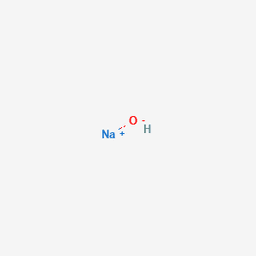
CAS No. : 1310-73-2
Category : Inorganic ChemicalsFood Ingredients
Sub-Category : Acidulants & Acidity RegulatorsAlkalis & Bases
Description: Caustic Soda chemically known as Sodium Hydroxide is powerful, highly corrosive alkaline compound us...
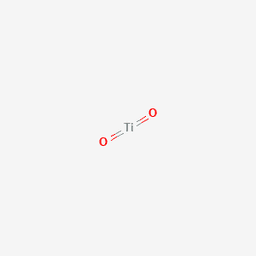
CAS No. : 13463-67-7
Category : Pigments & Colorants
Sub-Category : Inorganic Pigments
Description: Titanium Dioxide with grades (Titanium Dioxide R-2195, Titanium Dioxide ATR-312, Titanium Dioxide Ru...
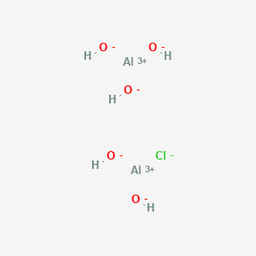
CAS No. : 1327-41-9
Category : Inorganic Chemicals
Sub-Category : Metal-Based Coagulants
Description: Aluminum Chlorohydrate (ACH) 50% Solution is a clear, water-based coagulant universally used in wate...

CAS No. : 9002-88-4
Category : Waxes
Sub-Category : Polyethylene Waxes
Description: HI-WAX 420P is a low molecular weight polyethylene wax. It is direct polymerization using Ziegler ca...